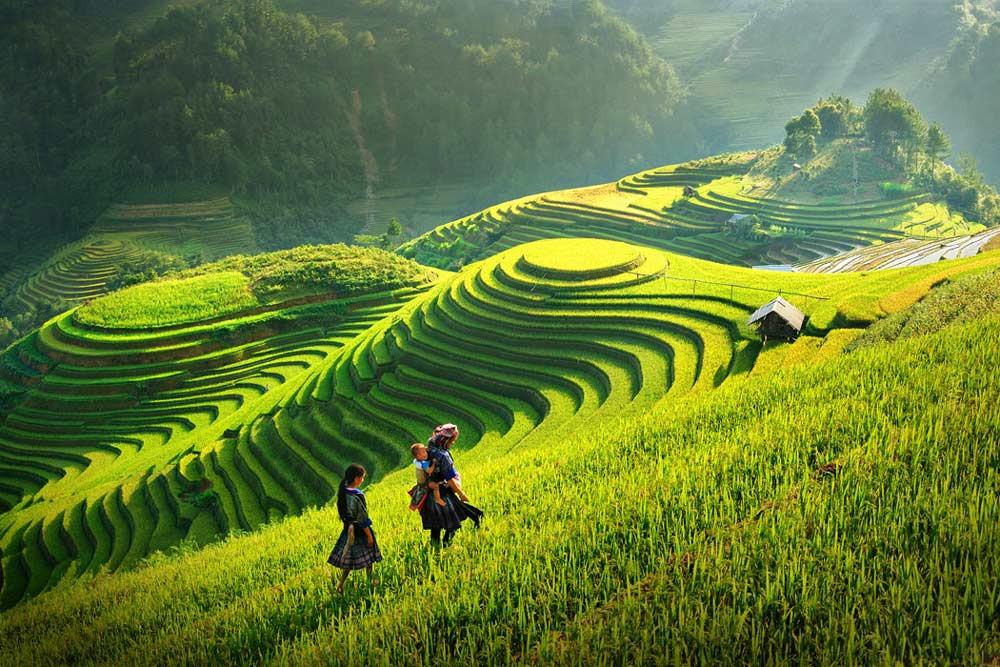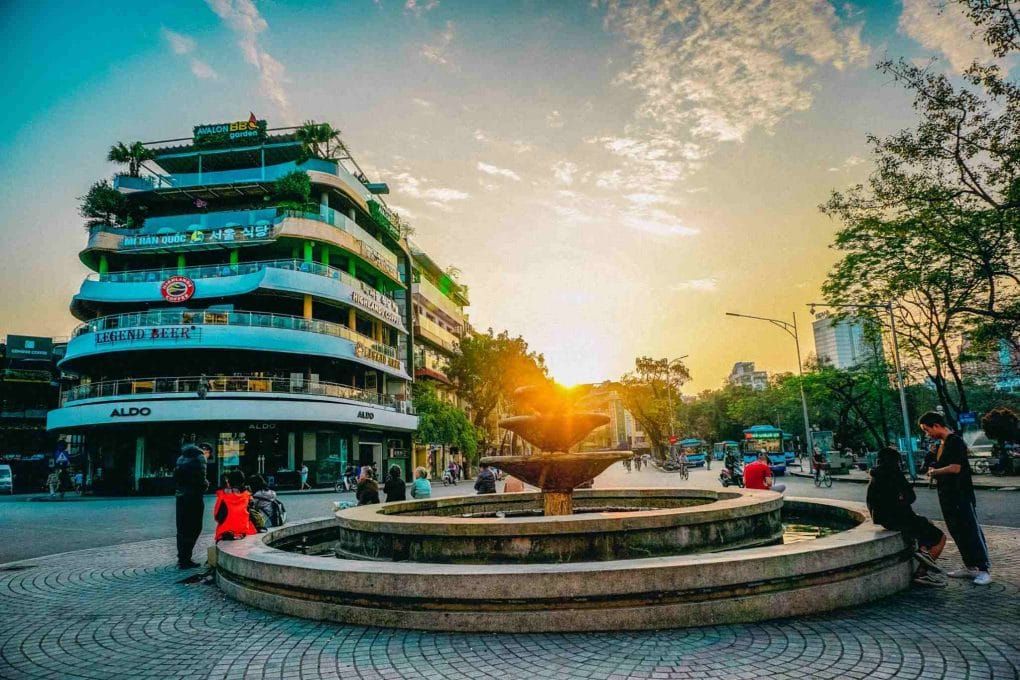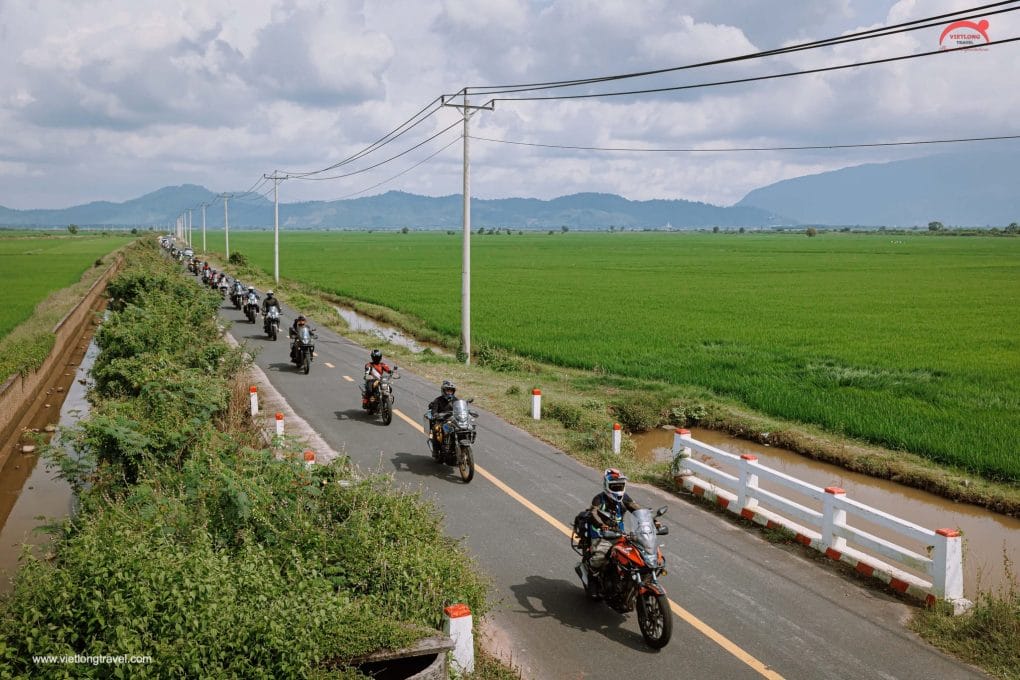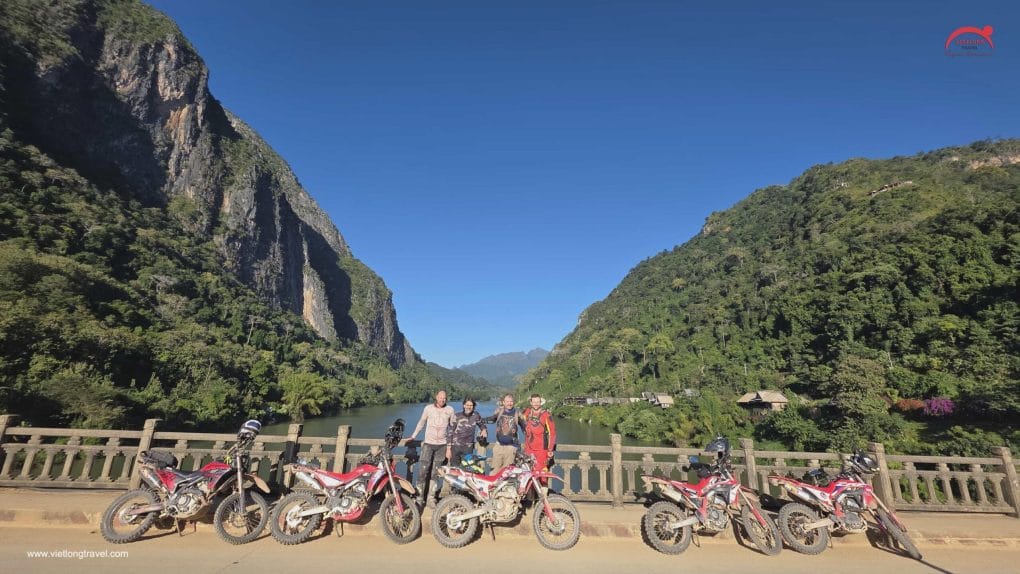Introduction to Thailand Literature

Thailand literature is a vibrant and diverse tapestry woven from the country’s rich cultural history and its interactions with neighboring civilizations. From ancient epics to contemporary novels, Thai literature offers a unique perspective on the cultural and social evolution of Thailand. This article explores the major themes, notable authors, and significant works that have shaped Thailand literature over the centuries.
Historical Background
Thai literature has its roots in the country’s early history, heavily influenced by Indian culture. The Ramakien, Thailand’s national epic, is a prime example, derived from the Indian Ramayana. The Ramakien was first transcribed under the supervision of King Rama I, incorporating Thai and Buddhist elements, and has remained a cornerstone of Thai literature.
Early Thai Literature
Early Thai literature was predominantly religious and written in verse. Authorship was often reserved for the aristocracy and royalty, who were among the few educated enough to engage in literary pursuits. Two Chakri monarchs, King Rama II and King Rama VI, were notable poets and patrons of the arts. Their works reflect the cultural and intellectual currents of their times.
Notable Works and Authors
One of the most important literary figures in Thai literature is Sunthon Phu, a poet known for his accessible language and themes. His epic poem Phra Aphai Mani and various Nirats (travel poems) remain beloved for their vivid storytelling and emotional depth. Sunthon Phu’s ability to capture the common people’s voice distinguished him from his contemporaries.
Another significant figure is King Rama V, whose works like Ngo Pa and Klai Ban reflect his travels and the changing world around him. King Rama VI also contributed to Thai literature with works such as Matthana Phatha and Phra Non-Kham Luang, which blend classical themes with contemporary issues.
Phya Anuman Rajadhon, a 20th-century scholar, made substantial contributions by documenting and interpreting Thai folklore and customs, enriching the understanding of Thai literature and culture.
Modern Thai Literature
Modern Thai literature has evolved to reflect the changing social and political landscapes. Writers like Malai Choopinit (Mae Anong and Noi Intanon), Kan Phungbun Na Ayudhya (Mai Muang Doem), and Chot Praephan (Yakhop) have explored themes of rural life, social change, and personal identity.
Sri Burapha’s Khang Lang Phap (Behind the Portrait) and M.R. Kukrit Pramoj’s Four Reigns offer insights into Thai society’s transformations from the late 19th to the mid-20th century. These works highlight the tension between tradition and modernity, a recurring theme in Thai literature.
Contemporary Voices
Today, Thai literature continues to thrive, with authors like Krisna Asokesin, Seni Saowaphong, and Suwanee Sukhontha gaining both national and international acclaim. Their works address contemporary issues such as family dynamics, social justice, and the human condition, maintaining the rich tradition of storytelling while engaging with modern realities.
The Role of Poetry
Poetry holds a special place in Thai literature. Contemporary poets like Angkarn Kalayanapong and Naowarat Phongpaiboon have continued to innovate within traditional forms, addressing current issues while preserving the lyrical beauty of the Thai language. Their works often reflect a deep connection to nature and a concern for environmental preservation.
FAQs About Thailand Literature
Q: What are some key themes in Thai literature?
A: Key themes in Thai literature include mythology, religious devotion, social change, personal identity, and the tension between tradition and modernity.
Q: Who are some notable authors in Thai literature?
A: Notable authors include Sunthon Phu, King Rama II, King Rama VI, Phya Anuman Rajadhon, Sri Burapha, and M.R. Kukrit Pramoj.
Q: What is the Ramakien?
A: The Ramakien is Thailand’s national epic, derived from the Indian Ramayana. It was first transcribed under King Rama I and incorporates Thai and Buddhist elements.
Q: How has modern Thai literature evolved?
A: Modern Thai literature reflects changing social and political landscapes, addressing contemporary issues such as rural life, social justice, and personal identity.
Q: What role does poetry play in Thai literature?
A: Poetry is a significant and respected form in Thai literature, with contemporary poets addressing current issues while preserving traditional forms and lyrical beauty.
Thailand literature is a rich and evolving field that reflects the country’s complex cultural history and contemporary realities. From ancient epics like the Ramakien to modern novels and poetry, Thai literature continues to offer valuable insights into the Thai experience. As Thailand moves forward, its literature will undoubtedly continue to evolve, providing a window into the hearts and minds of its people.













